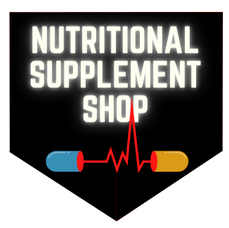Customer Support
Weight Lifting Accessories
Weight Lifting accessories to support your training needs.
-
Original price $9.99 - Original price $9.99Original price$9.99$9.99 - $9.99Current price $9.99| /
Spinto Fitness - NSS Lifting Straps
Spinto FitnessOut of stockElevate your weightlifting prowess with Spinto’s Basic Lift Straps, meticulously crafted to help you conquer heavier weights with confidence. These...
View full detailsOriginal price $9.99 - Original price $9.99Original price$9.99$9.99 - $9.99Current price $9.99| /Sold out
Support your strength journey with the right weight lifting accessories from Nutritional Supplement Shop. Whether you're lifting for performance or overall health, accessories like lifting straps, wrist wraps, padded grips, and belts help improve form, boost performance, and reduce injury risk. Our selection is built for durability, comfort, and results—perfect for serious lifters and everyday gym-goers alike.
Sort by

